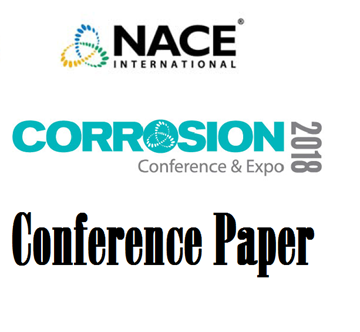Search
Products tagged with 'alkaline'
View as
Sort by
Display
per page
51318-10953-SCC Study of Carbon Steel Welds Exposed to Concrete Pore Water Under Anoxic Conditions
Product Number:
51318-10953-SG
Publication Date:
2018
$20.00
Corrosion of Candidate BoP Alloys for the Hydrogen Side in Alkaline Water Electrolysis
Product Number:
51324-21036-SG
Publication Date:
2024
$40.00
Effect of Chloride on the SCC Behavior of Carbon Steel Welds Exposed to Concrete Pore Water under Anoxic Conditions
Product Number:
51323-19029-SG
Publication Date:
2023
$20.00
Electrochemical Investigation Of Alloys For Alkaline Water Electrolyzers
Product Number:
51321-16975-SG
Publication Date:
2021
$20.00
Synergistic Effect of Chloride, Sulfide and Thiosulfate on the SCC Behavior of Carbon Steel Welds Exposed to Concrete Pore Water under Anoxic Conditions
Product Number:
51324-20786-SG
Publication Date:
2024
$40.00





